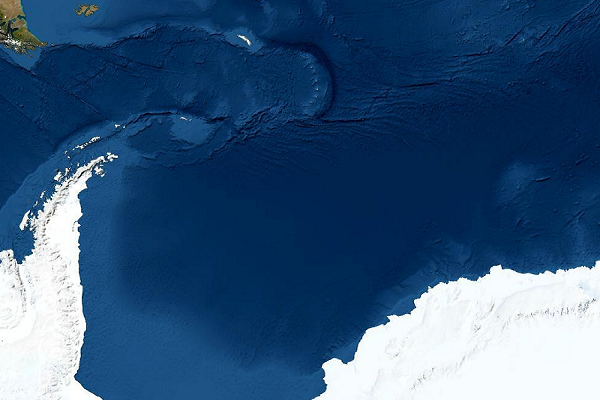Project Erebus
Shipbuilding
Two young brothers, Ollie and Harry from Aberdeenshire, Scotland first came to fame by breaking the Guinness World Record for the most travelled toy ship, a Playmobil Pirate Ship, completing a journey of over 6,000km in the North Sea and Atlantic Ocean. Looking for a new adventure Ollie and Harry are reimagining the greatest polar expedition ever undertaken by sail, the 1839 Ross Expedition to the Southern Ocean and Antarctica.
This is the story as told by them...
The Ross expedition was a voyage of scientific exploration of the Antarctic in 1839 to 1843, led by James Clark Ross, with two unusually strong warships, HMS Erebus and HMS Terror. These two ships went on to be part of the ill-fated Franklin expedition in 1845 to find the North-west passage through the Arctic seas above Canada. Both ships were trapped in the ice for two years and the crews had to abandon the ships, later succumbing to starvation and the elements.
Inspired by the recent discovery of the wrecks of Ross's ships HMS Terror and HMS Erebus in Canada's Arctic, scaled replicas have been made using traditional materials that will drift through the Southern Ocean following the circumpolar current around the coastline of Antarctica, a journey of over 20,000 km. The goal of this adventure is not only to complete the circumnavigation, but to try and replicate the ships as closely as possible in terms of design and materials, whilst trying not to compromise on strength, buoyancy and durability.
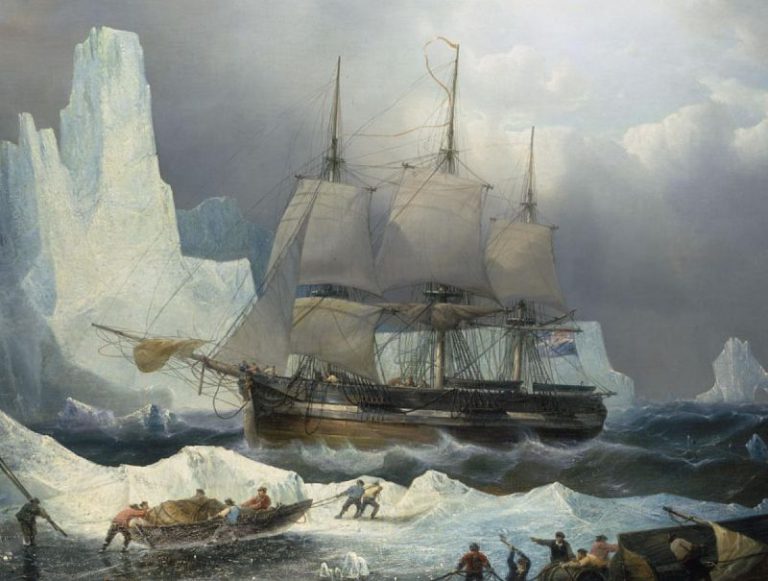
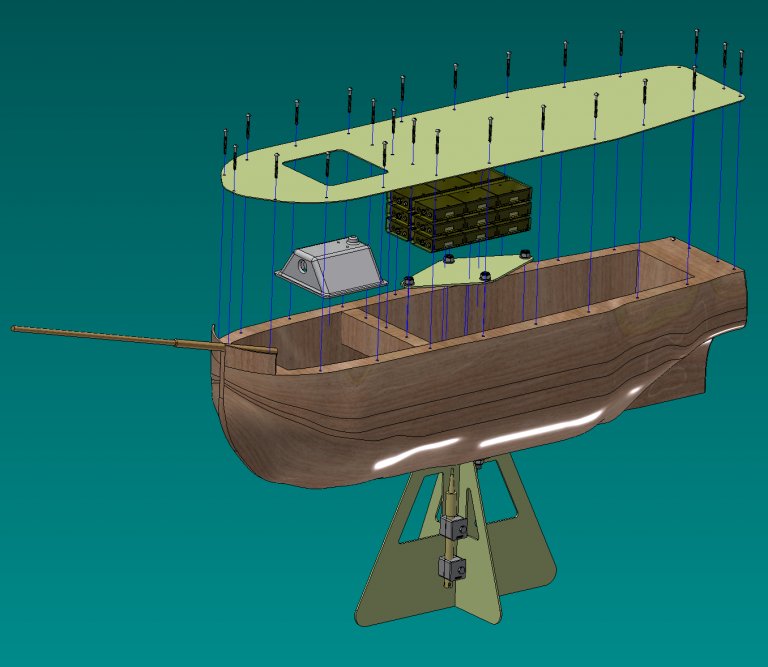
Design Challenges
This adventure will push the limits of our design, building, logistics and planning skills. The project entails building two scaled down replica wooden ships (HMS Erebus and HMS Terror) 1 metre long from the original 1839 admiralty drawings along with fitting a state-of-the-art tracker and data collecting sensors for the journey around the circumpolar current.
Miniaturising the boats has been a challenge, with almost every aspect of the build raising technical issues. Buoyancy, plastic reduction, marine growth, battery life, temperature, ice build-up, pack ice crushing, corrosion, and wind drift have all been factored into the construction. With the help of a professional draughtsman, marine engineer and a naval architect we have found solutions to the buoyancy, weight and durability of the hulls. They helped us design the layout for the tracking unit and revisited and improved upon the cross keel we have used so successfully in previous adventures.
The Hull
The wooden hulls are carved from an elm tree that grew on the banks of a local river. A careful count of her rings shows her to be at least 192 years old. Elm was used below the waterline for both HMS Erebus and HMS Terror and as the Ross expedition left Chatham Kent for its voyage around Antarctica in 1838 this young tree was no more than ten years old - the same age as Harry is now. Elm is a highly durable wood when permanently wet and when great strength is required such as boat keels.
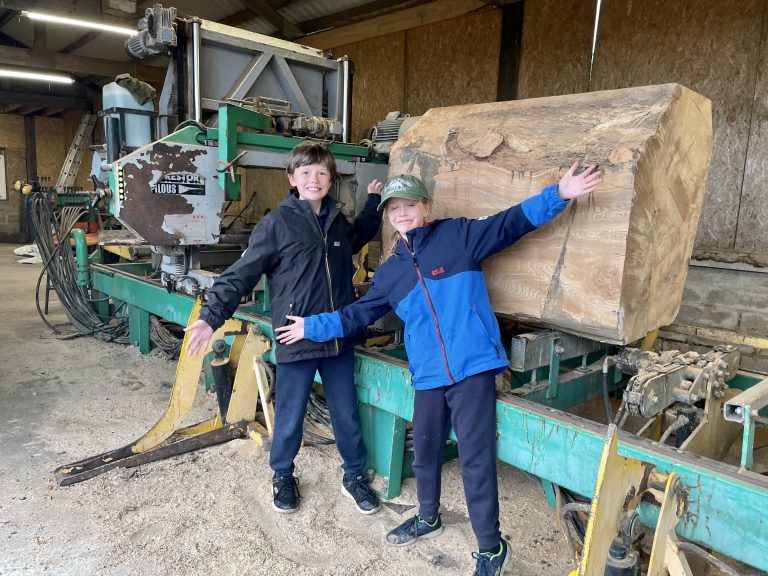

The original plan was to leave the solid hulls built from the heartwood of this 192-year-old elm since we hoped to avoid being crushed in the pack ice just like Shackleton's Endurance. However, after initial sea trials and discussions with a naval architect, concerns were raised about the boats long term buoyancy. With a hull weight alone of 30 kg and the additional risk of waterlogging, we knew that we had a significant diet to go on, so we made the decision to hollow out the two boats to reduce that weight.
From day one of the build we have started with original materials and only compromised where necessity dictated. With the help of friends and generous craftsmen we created a plywood template from the original 1839 admiralty drawings to cut and then shape the hulls.
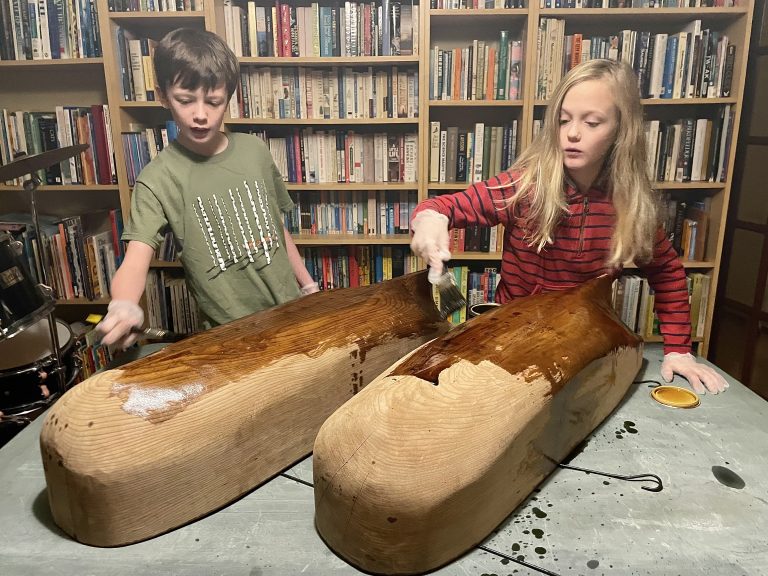
The Build
In total we carved four boats: one in pine for initial sea trials, an elm prototype for sea trials, then finally the two hulls that we would use for the adventure. The diet had a significant effect on the weight, bringing the hulls down to 16 kilos. Final weight including all electronics and the keel came to 25 kg.
The masts and rigging have been faithfully recreated, though they will be removed just prior to launch as it is unlikely they would survive for long in such violent seas.
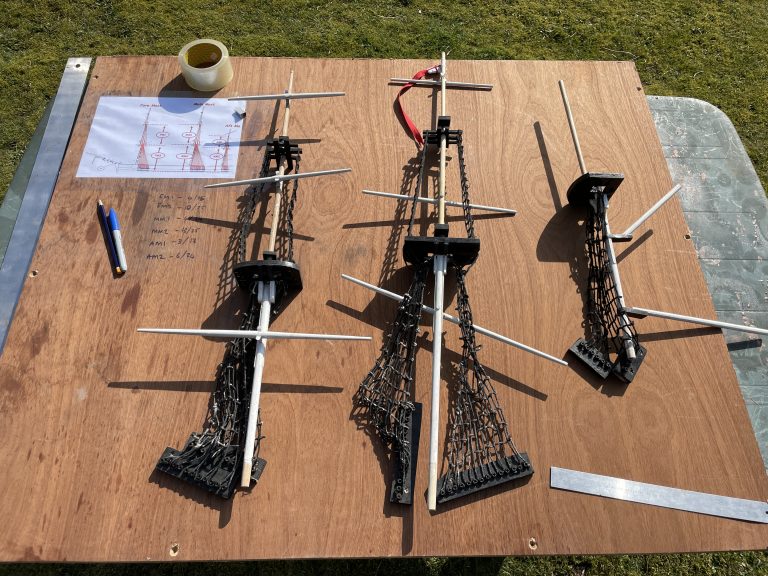
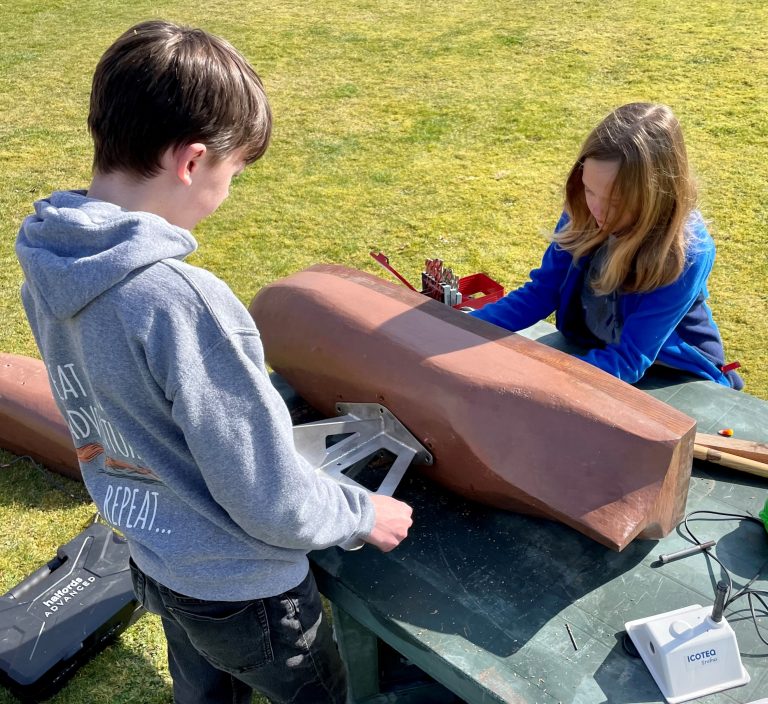
We finally inserted oak beam braces across the hull to reinforce the hull amidships. Just like on Erebus and Terror we needed to plate the ships with thin copper plate to reduce the build-up of marine growth. This however added too much weight so we compromised by using copper powder in resin.
To treat exposed wood above the waterline we used traditional Stockholm tar made from pine resin, this has been used to waterproof boats since Viking times.
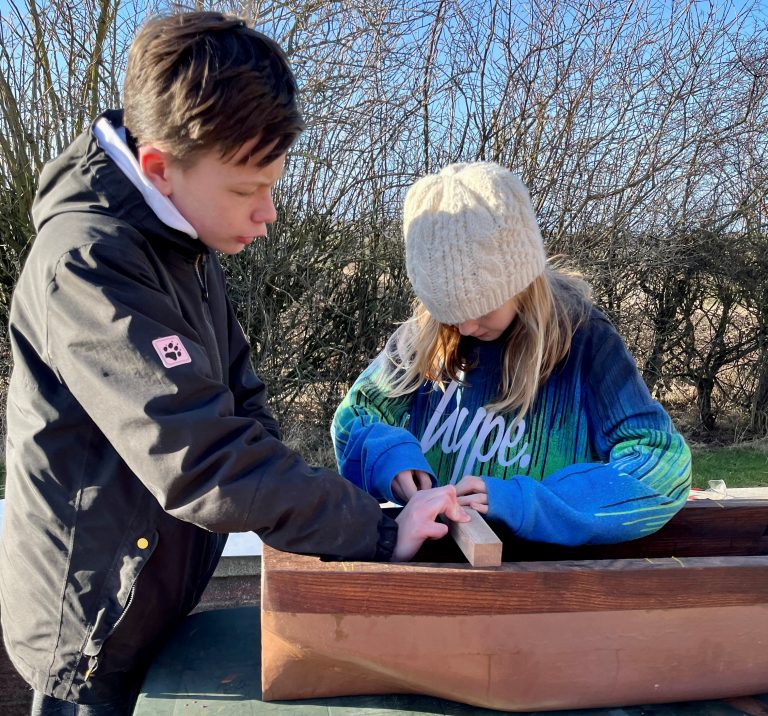
Our Technology
The project has presented some interesting technological challenges that required us to develop our own tracker and camera system. Icoteq developed a one-of-a-kind tracker and electronics system that has a battery life of over six years. More than sufficient for the predicted two-year journey. The boats will send a GPS location signal many times a day for the six years of battery life. The cameras onboard will only be able to send an image every month as the bandwidth of the satellite connection seriously limits the amount of data that can be sent with every message. We also wanted the voyage to have a scientific component as a homage to the original 1839 scientific expedition so the vessel will be fitted with two scientific sensors to measure sea temperature and ocean pH, both which can be used as markers for climate change. You can read more about the technology here.
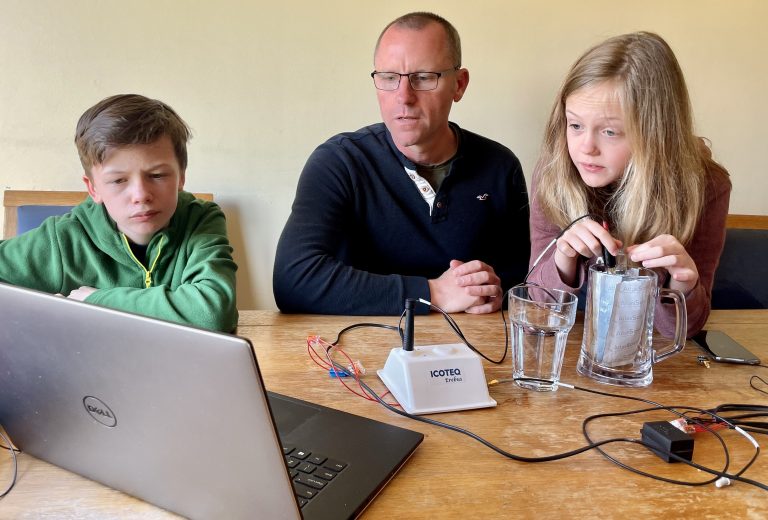
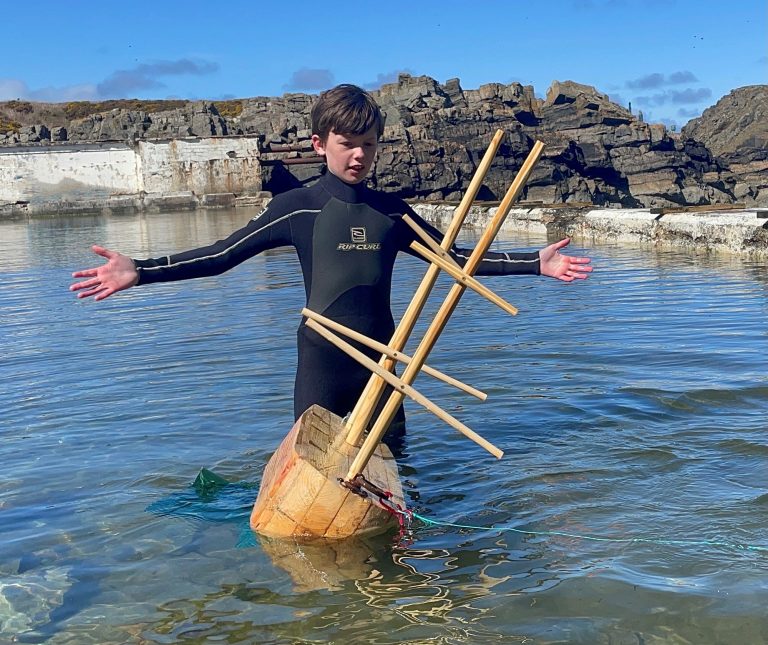
Sea Trials
Sea trials were our favourite part of the designing and building process! These have helped develop insight on how the boats will sit in the water and allowed us to test the self-righting capability of the boats. This capability has been highly successful for our other two boat expeditions which both led to world records. The self-righting ensures that the tracker unit is kept out of the water and in direct line of sight with the satellites. The two ships will be fitted with a ballast system constructed with a modified cross keel to act as a drogue to anchor the boats within the water column. These are effectively drifter buoys by design, this design will ensure the boats remain caught in the circumpolar current.
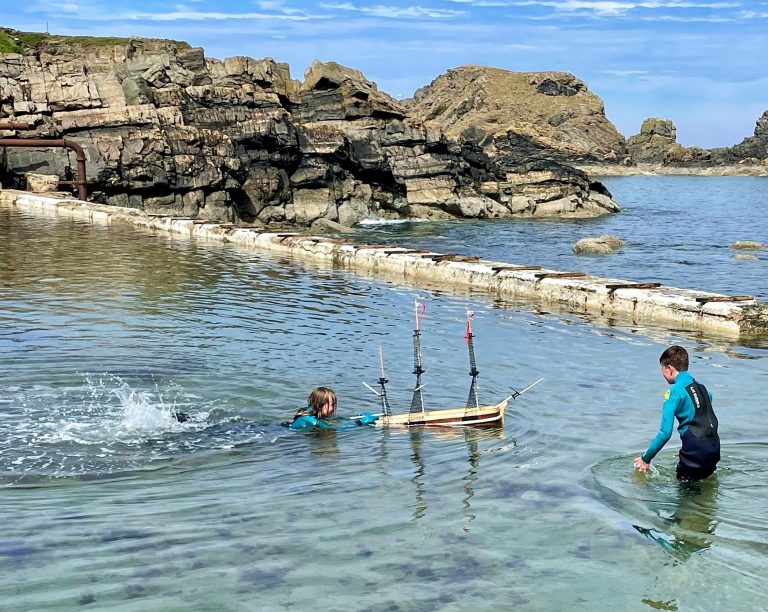
Environmental Impact
A vital element of this challenge was to reduce the amount of plastic we used in the construction. Our previous two adventures had utilised plastic Playmobil pirate ships as the main structure on which we mounted or GPS tracker. Although wildly successful and durable we felt strongly that reducing modern composite materials would be more in keeping with the traditional boat building techniques and would drastically reduce the loss of plastics into the Southern Ocean. The predominant materials used are elm and stainless steel, with plastic/electronic components reduced to less than 5 % of the build weight. In addition the use of copper bound resin to protect the hulls from marine growth has meant we can avoid using antifouling biocide paint.
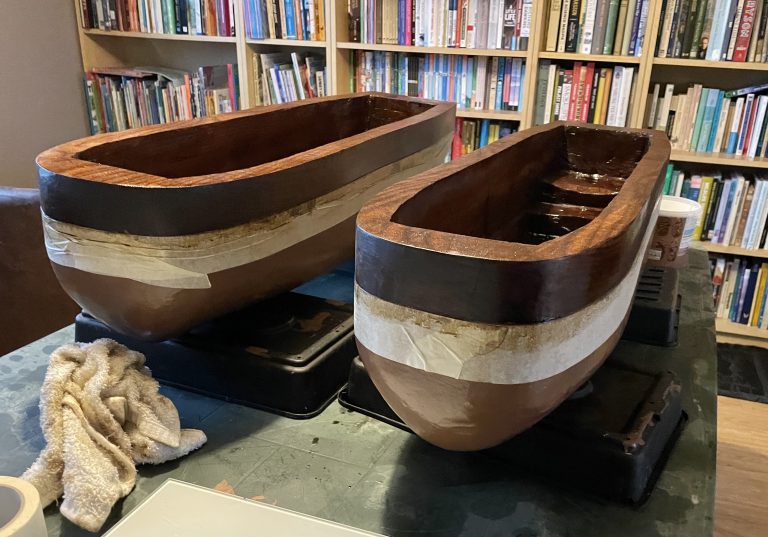
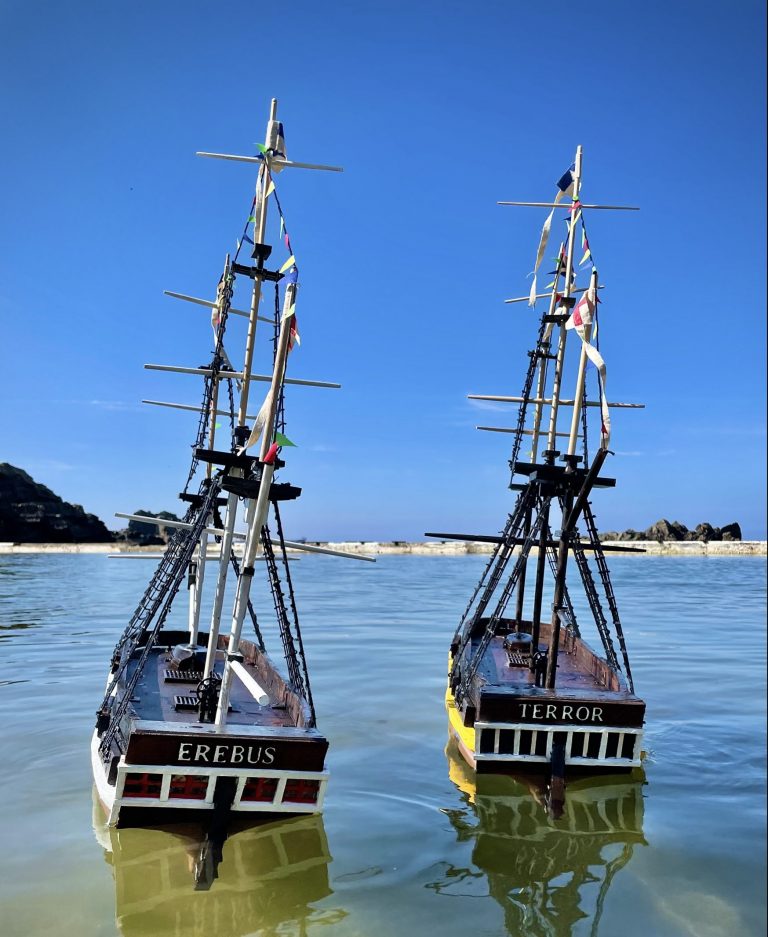
The Launch
In June 2022 the boats were fitted with the tracking devices from Icoteq and the rigging removed, as it would not withstand the Southern Ocean storms. They were then shipped down to friends in the Falkland Islands. From there they were handed over to the South Georgia government who had kindly agreed to take the boats on board the FPV Pharos (a fisheries patrol vessel), where they launched into the Antarctic Circumpolar Current 300 km west of South Georgia. Our 20,000 km journey is predicted to take two years. Follow the link to see how Erebus and Terror are doing on their epic adventure here.
Old Sea Dogs
This will be our third ocean going small ship adventure! Late last year, we obliterated our own world record set two years previously for the most travelled toy ship. The two journeys set the record at over 6,000 km across the Atlantic, then smashed it with a 15,000 journey through the Caribbean using a modified toy boat with a GPS tracker. This earned us a world record in the Guinness Book of Records!
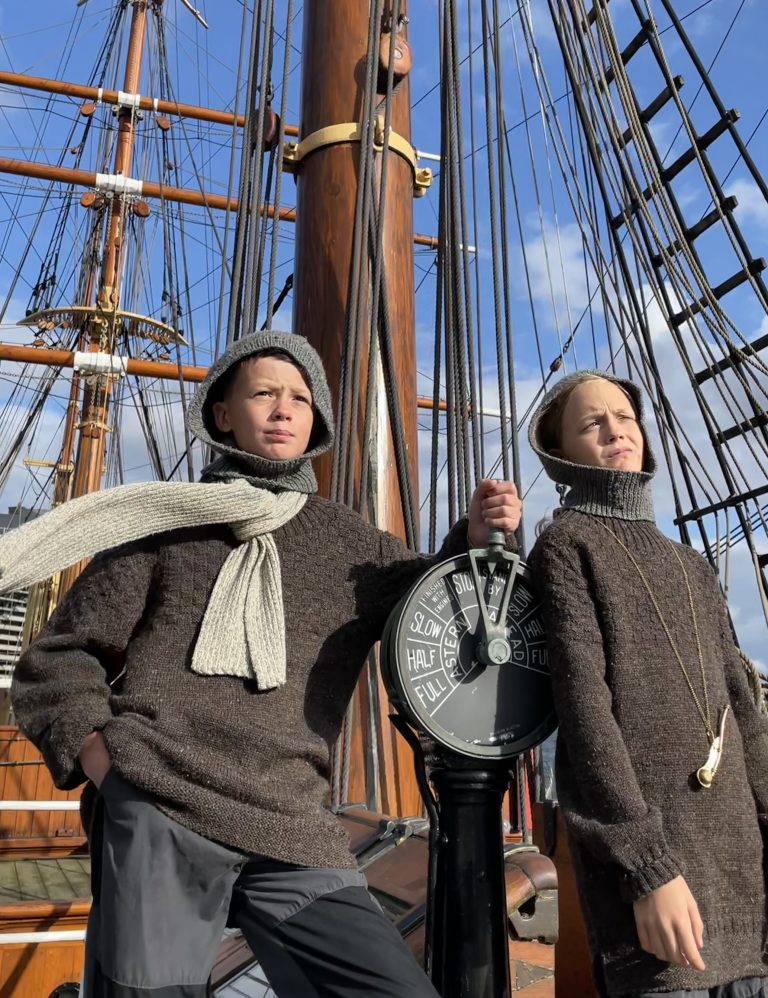

Our Other Adventures
Our boat adventures are just on part of a much bigger challenge that we have been working on for the past seven years. We are trying to complete a list of 500 Adventures. These challenges are all about exploring, learning, and engaging with the world around us in a positive way. To date, we have completed 425 of our 500 challenges, including:
• Sent Lego men into space • Started our own country
• Photographed the sea floor • Caught lobsters for the Queen
• Lived in a cave • John Muir Conserver Award
• Driven over 30 forms of transport • Sailed a kite boat
We share completed adventures with a Facebook community of over 32k followers on our page - The days are just packed! charting the adventures of ‘Pickle and Pipsqueak’ (our nicknames) https://www.facebook.com/tdajp/
Few people of the present day are capable of rightly appreciating this heroic deed, this brilliant proof of human courage and energy. With two ponderous craft - regular "tubs" according to our ideas - these men sailed right into the heart of the pack, which all previous explorers had regarded as certain death ... These men were heroes - heroes in the highest sense of the word.
- Roald Amundsen, writing in 1912 of the Erebus and Terror expedition to Antarctica with James Clark Ross.
Project Erebus
The Journey So Far
Follow the journey taken by Erebus and Terror through the Southern Ocean on our interactive map.
Tracking and Data Monitoring
Learn about the custom tracking and data monitoring equipment Icoteq developed for this adventure.
Scientific Data
View interactive charts of data recorded by Erebus and Terror's on-board instruments.


